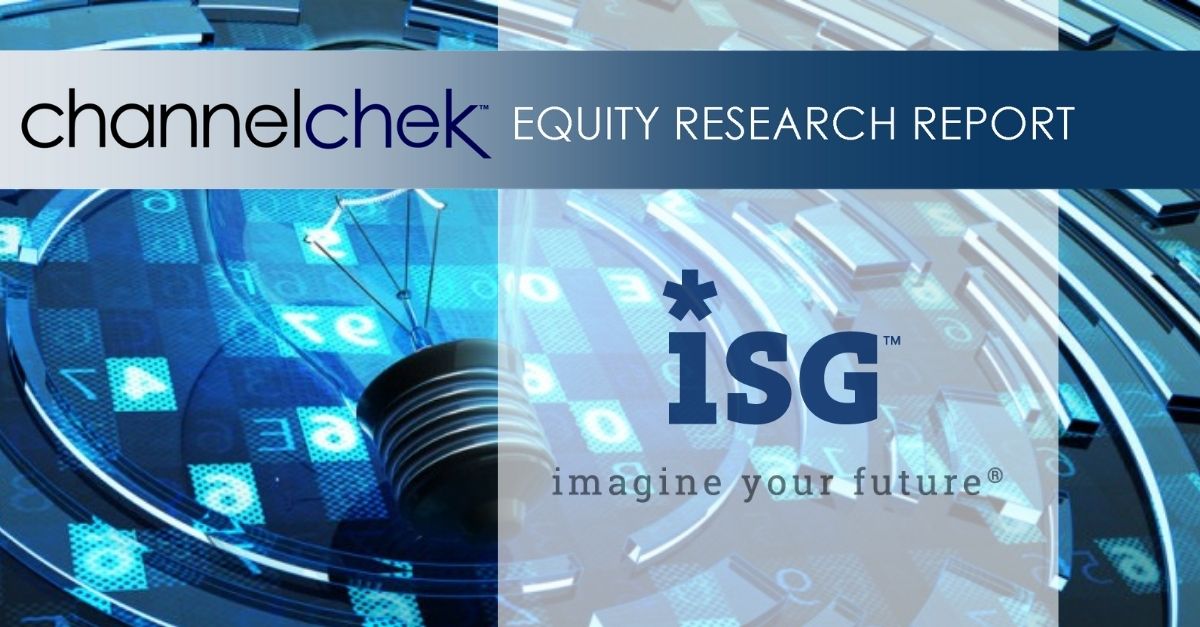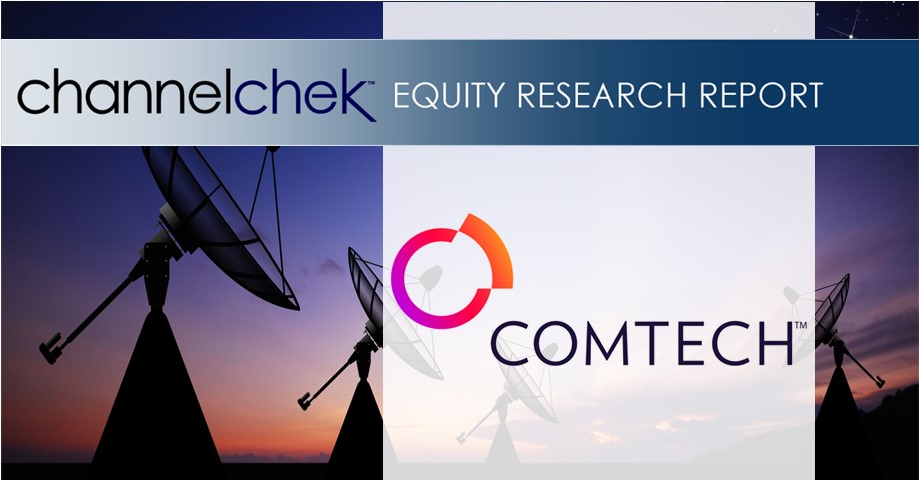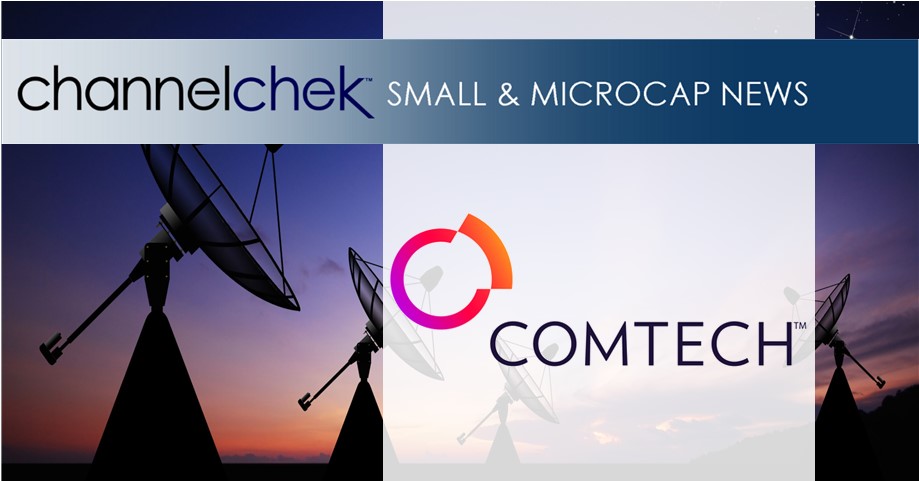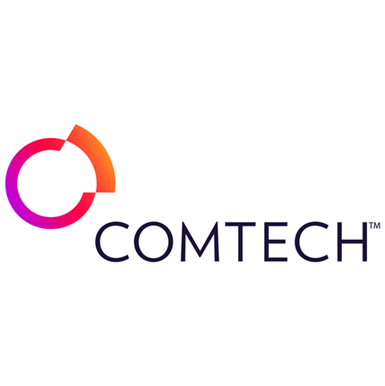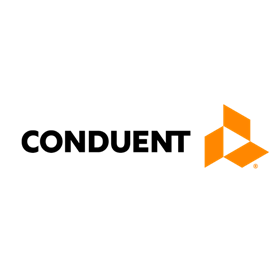
Research News and Market Data on CNDT
JULY 10, 2024
Company builds on 38-year history of providing innovative Medicaid management solutions to Montana Department of Public Health and Human Services
FLORHAM PARK, N.J. — Conduent Incorporated (Nasdaq: CNDT), a global technology-led business solutions and services company, today announced a three-year Pharmacy Benefit Management (PBM) contract renewal with the Montana Department of Public Health and Human Services (MDPHHS). The renewal builds on Conduent’s nearly 38-year relationship with the MDPHHS of providing advanced Medicaid management solutions to further the agency’s mission to deliver healthcare services that help improve and protect the health and safety of Montanans.
As part of the Conduent Medicaid Suite (CMdS), the pharmacy module helps MDPHHS reduce costs and streamline operations within its PBM model with advanced applications for point of sale, prior authorization, rebate, data analytics, consumer relationship management and prospective and retrospective drug review functions. Conduent will also continue to provide medical authorization, precertification, payment method development and inpatient call center services.
The company’s comprehensive PBM system was among the first to be certified in the state of Montana and the first instance of an individual Medicaid management module to earn federal certification.
“Our successful, long-term relationship with Montana reflects our commitment to providing effective solutions and on-going innovations that enable the Montana Department of Public Health and Human Services to continue to manage pharmacy benefits with transparency and cost-effectiveness,” said Lydie Quebe, General Manager, Government Healthcare Solutions at Conduent.
In addition to supporting pharmacy benefit management and claims processing, Conduent provides a range of government solutions including Medicaid enrollment and eligibility support, critical payment disbursement solutions, and child support solutions. The company supports approximately 41 million residents across various government health programs. Visit Conduent Government Healthcare Solutions to learn more.
About Conduent
Conduent delivers digital business solutions and services spanning the commercial, government and transportation spectrum – creating valuable outcomes for its clients and the millions of people who count on them. The Company leverages cloud computing, artificial intelligence, machine learning, automation and advanced analytics to deliver mission-critical solutions. Through a dedicated global team of approximately 59,000 associates, process expertise and advanced technologies, Conduent’s solutions and services digitally transform its clients’ operations to enhance customer experiences, improve performance, increase efficiencies and reduce costs. Conduent adds momentum to its clients’ missions in many ways including disbursing approximately $100 billion in government payments annually, enabling 2.3 billion customer service interactions annually, empowering millions of employees through HR services every year and processing nearly 13 million tolling transactions every day. Learn more at www.conduent.com.
Note: To receive RSS news feeds, visit www.news.conduent.com. For open commentary, industry perspectives, and views, visit http://twitter.com/Conduent, http://www.linkedin.com/company/conduent or http://www.facebook.com/Conduent.
Trademarks
Conduent is a trademark of Conduent Incorporated in the United States and/or other countries. Other names may be trademarks of their respective owners.
Media Contacts
SHARON LAKES
Conduent
+1-214-592-7637
GILES GOODBURN
Conduent
+1-203-216-3546


